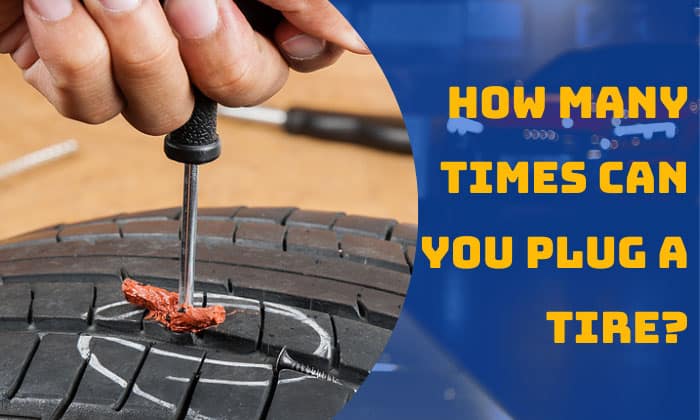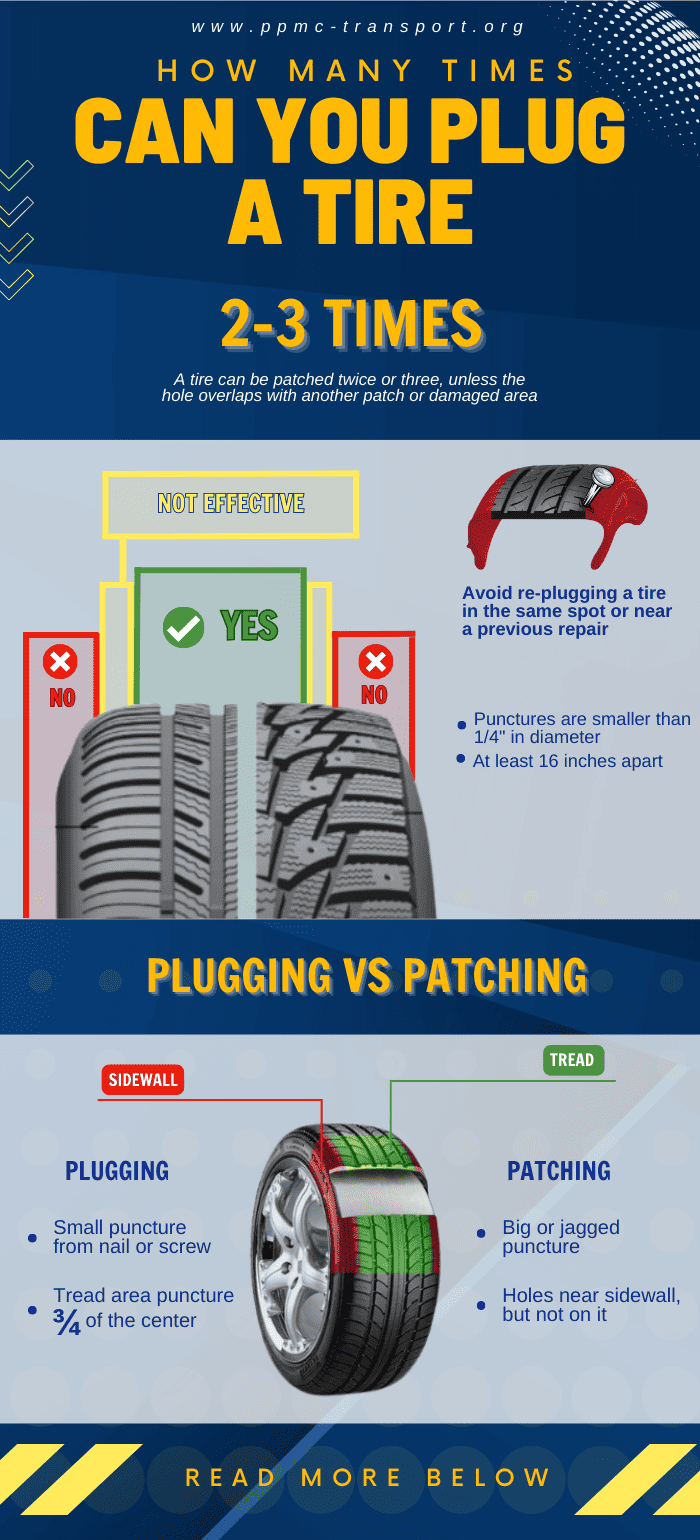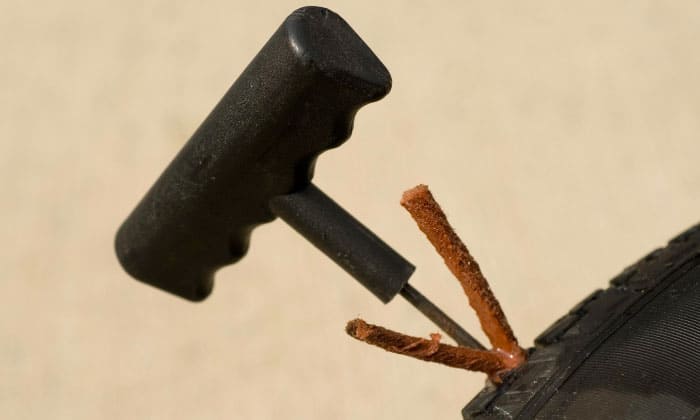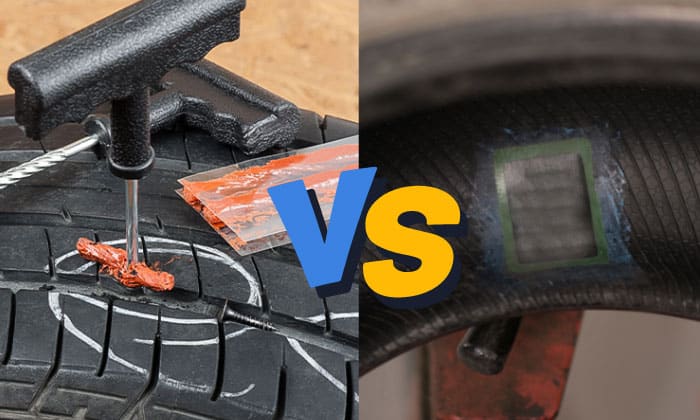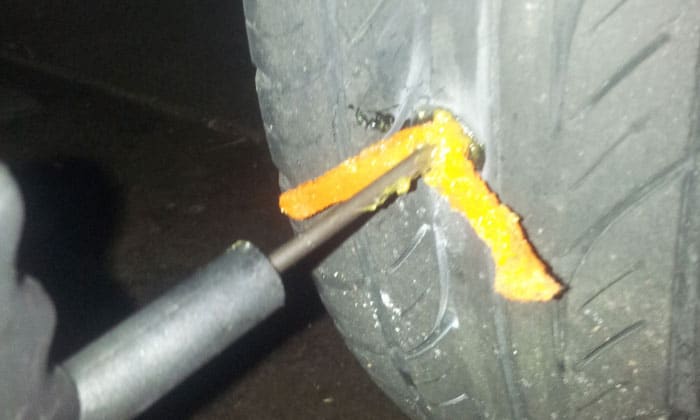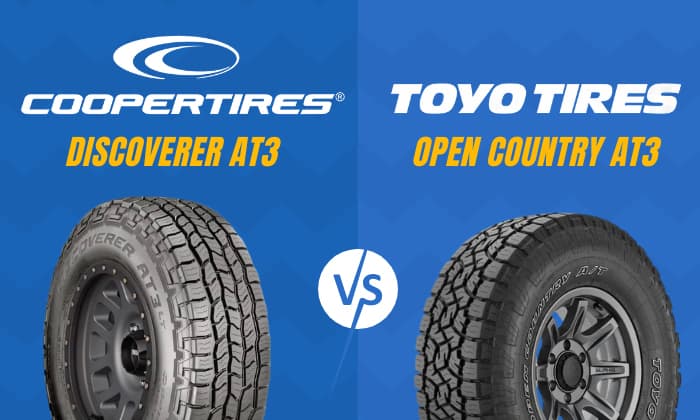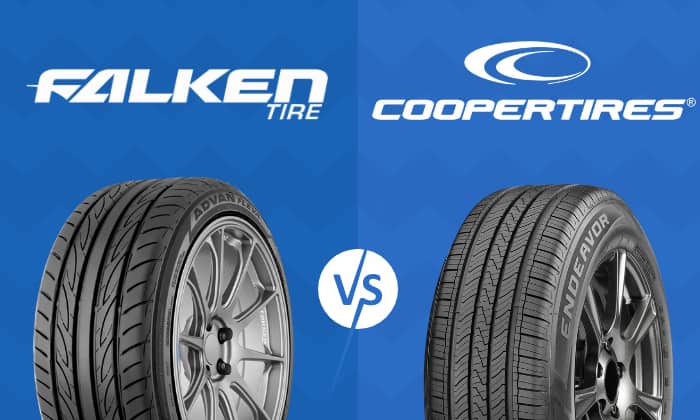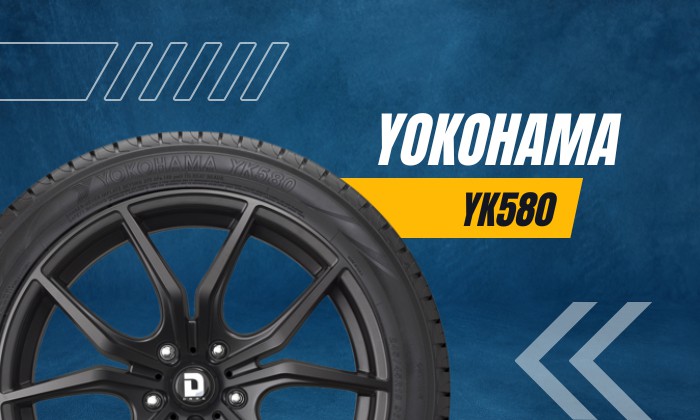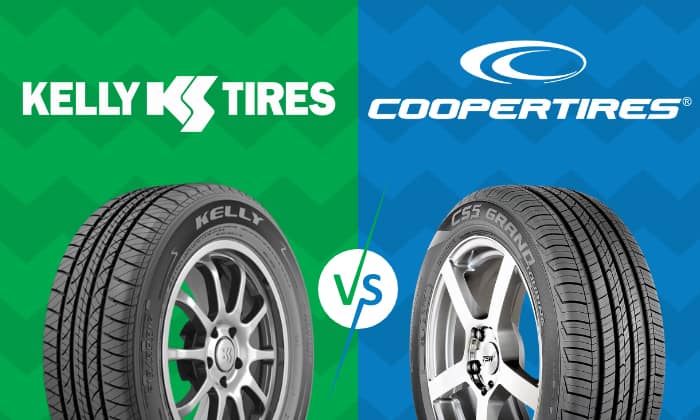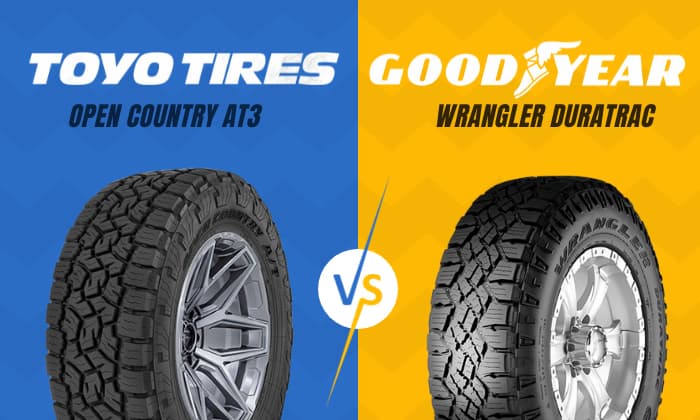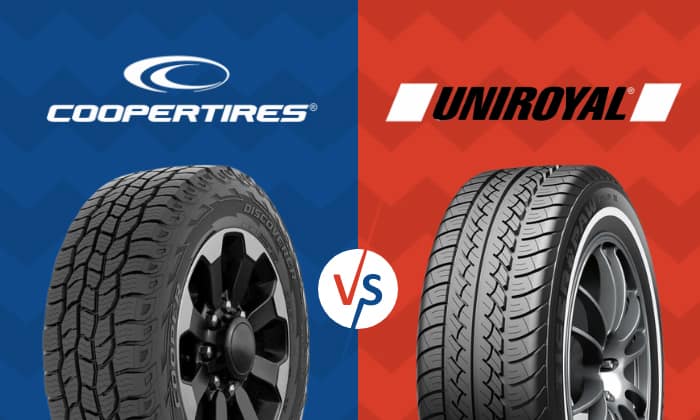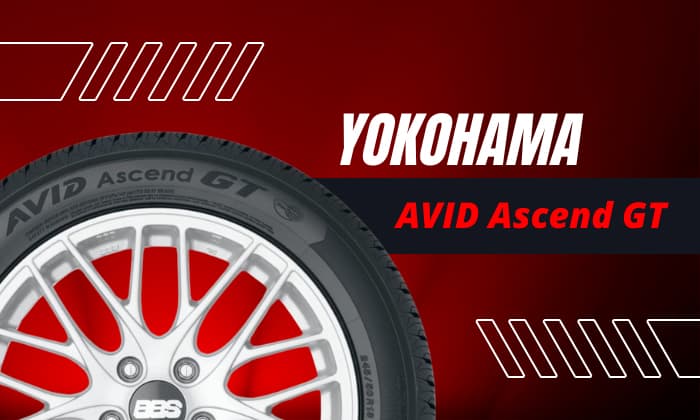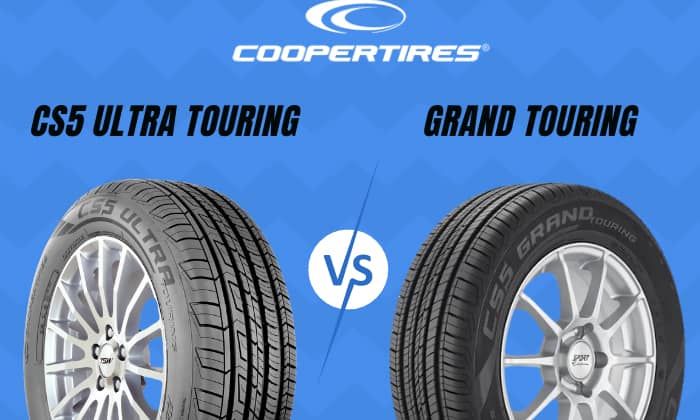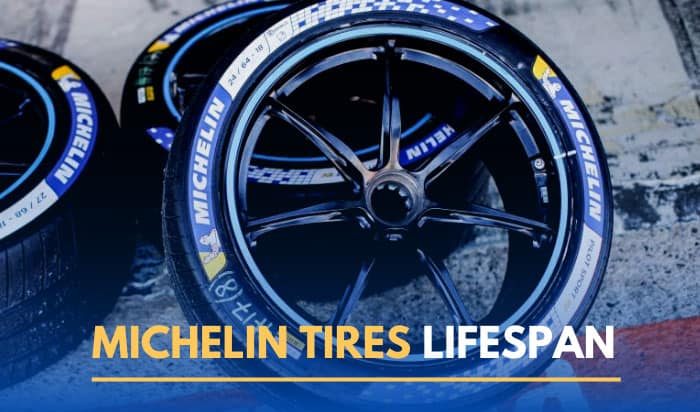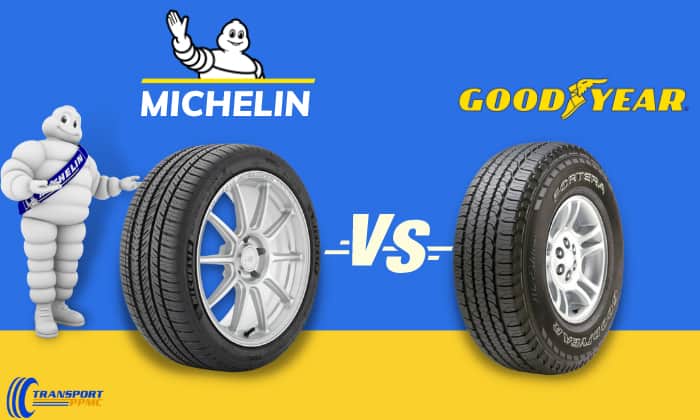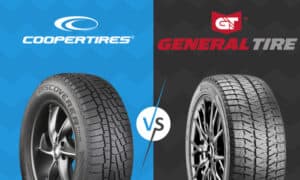In this post, we will uncover how many times can you plug a tire and the reasons why you shouldn’t drive long distances on a plugged tire.
In general, it is safe to plug a tire twice, provided that the punctures are smaller than ¼ inch in diameter, at least 16 inches apart, and nowhere near the tire’s shoulder and sidewall. The second plug cannot be done in the same spot if the tire had multiple punctures in other areas or the previous repair has been compromised.
Remember that plugging is a temporary seal solution that enables a driver to reach the nearest service center within up to 8 miles. Otherwise, it may cause a tire blowout.
Table of Contents
How Many Times Can a Tire Be Plugged in?
Can a tire be plugged twice? Yes, but not in the same place. Repairing a tire with a plug depends on the tire’s condition and tread quality.
One needs to determine the quality of repair done in the past, how big of a hole it had, its location, the extent of the damage, and the type of tread you have.
- One can double plug a tire if the punctures are smaller than a quarter of an inch or 6 mm in diameter and at least 16 inches apart.
- It is not a good idea to replug a plugged tire twice in the same place, or when the puncture is near the previous slit or leakage.
- A tire plug is not effective if the cut was made at an angle. It may not be able to seal the punctured area completely. In fact, the sharper the angle, the more difficult the fix will be.
- When it comes to tread quality, chances of second plugging can be attributed to the tread pattern, tire age (those worn more than 2/32 inch are beyond saving), the brand’s reputation, or the ability of the tire’s construction to handle damage. For example, tubeless tires are more advanced.
In any case, if you wonder how many plugs can a tire have, do not exceed three.
Plugging vs Patching
Plugging refers to the process of inserting tiny sticky leather strips to seal a small hole.
Manufacturers recommend using a plug cord to seal the vent hole. This specialized wire can expand or contract according to the shape and size of the hole, and you can push it in the puncture before re-inflating the tire.
On the other hand, patching refers to sticking a piece of adhesive-covered rubber on the inside of the tire to seal bigger holes. It requires more time and work than plugging and is often done by auto mechanics.
Here are some quick pointers on when to plug or patch a tire:
| Plugging | Patching |
| Small puncture caused by treading on a nail or screw | Puncture that are big or jagged |
| Puncture is in the tread area, ¾ area of the center | Holes closer to but not on the sidewall |
| Not for sidewalls with bulges, bubbles, or damage | |
Some drivers and mechanics use both methods – tire plug-patch.
Tire Plugging Without Plug Kit
Doing a plug repair by yourself is acceptable in emergency cases. One can plug a tire without a plug tool.
- To start, dismount the wheel in a well-lit place.
- Locate the puncture by applying soapy water to the tread area. Bubbles will appear when you do this. Another way is by listening to the tire area where it produces air leaking sound.
- Use sharp scissors to get a piece of rubber from an old tire. You may also use the repair cord from your plug kit if you have one.
- Place the cord on the plug, then push the plug into the hole with your hands.
- Remove the plug when the puncture’s sealed and cut off the excess cord length.
- Inflate the tire to the right pressure. You can check if the plug was installed properly by spraying soapy water on the tire. Again, bubbles will appear if the seal was not done properly.
- Put the wheel back on the vehicle and drive to the nearest tire service center.
Consider replacing the tire instead of plugging or patching if:
- You’ve driven the flat tire for more than a mile, which may have irreparably ruined your tire.
- The tire has multiple punctures in different areas.
- The tire has undergone repair before.
Reasons Why Driving a Plugged Tire is Dangerous
It is not advisable to drive on a plugged tire because
- The holes may become larger as you use the tire more.
- The damage inside the wheel and sidewall may cause a tire blowout.
- If your car is heavily loaded, the weight may put pressure on the sealed hole and reopen it.
Frequently Asked Questions
Can you patch a tire 3 times?
A tire can be patched twice and up to three times. However, this rule goes out the window if the hole overlaps another patch or damaged area.
Is it dangerous to plug a tire too many times?
Yes. Environmental factors such as air and moisture cause the tire and the wheel to degrade over time. Plugging a tire numerous times indicates a serious tire issue that may lead to a blowout.
Can a tire be patched twice in the same spot?
No. You should get a new tire, especially if you don’t want to risk tire blowouts in the middle of trips.
Is it OK to drive on a plugged tire?
Yes. According to numerous studies, driving on a plugged tire is safe within short distances of up to 8 miles. However, plugging is a temporary fix, so finding the nearest tire service center for a proper repair should be the priority.
How long does a tire plug last?
A tire plug can last 7 to 10 years, provided that it was installed properly and the driving conditions are not harsh. For instance, driving on rough roads may cause the tire to incur more damage.
Plug or patch a tire: which is better?
Plugging a tire is effective for smaller holes. It is faster than patching (takes about 5-10 minutes) and easier to do. Conversely, for bigger holes, a patch repair is better and more durable. However, it takes about 30 minutes for a tire to be temporarily fixed using a patch.
Conclusion
Though you now know how many times can you plug a tire or how many times can you patch a tire, it doesn’t mean that scrimping on repair all the time is good.
Plugging and patching are not long-term solutions. Tire plugs are useful for emergency cases, but they should not be overused. When deciding how many plugs can you put in a tire, two or three should be the maximum. Otherwise, the vehicle’s safety is at stake.
Remember to keep a plug kit with you in case someone uses a tire slasher tool on your car.
Read more: Can I plug a run flat tire?



